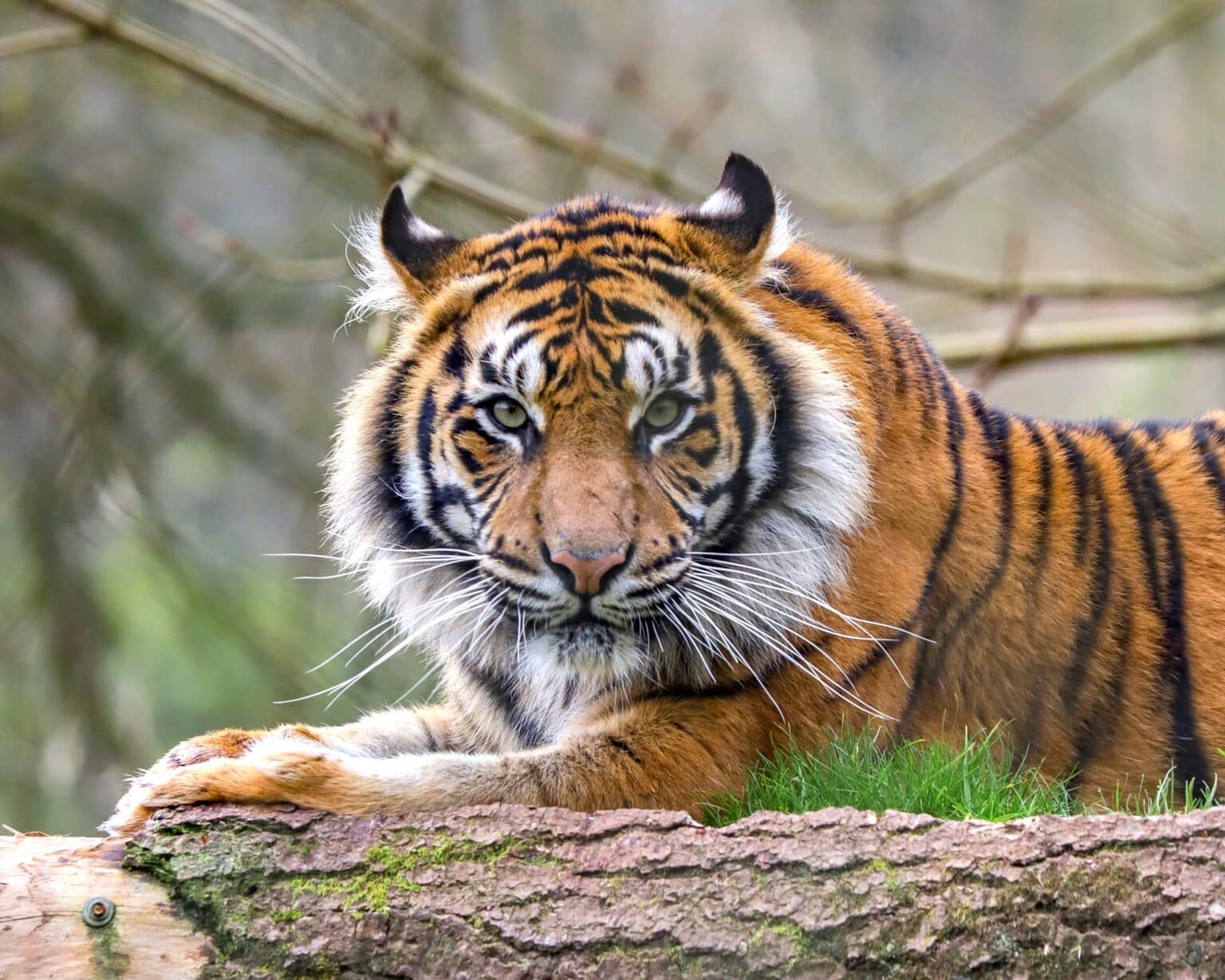The Majestic Tiger: Guardian of the Wild
The Majestic Tiger: Guardian of the Wild
Blog Article
The tiger, known for its power, grace, and beauty, is one of the most iconic and revered animals on Earth. As the largest member of the cat family, the tiger holds a special place in both nature and human culture. Its striking orange coat with bold black stripes makes it instantly recognizable and deeply admired.
Tigers are found in parts of Asia, including India, Russia, China, and Southeast Asia. There are several subspecies, such as the Bengal tiger, Siberian tiger, Sumatran tiger, and Malayan tiger. Each has adapted to its specific environment, from dense jungles to snowy forests.
A solitary and territorial animal, the tiger is an apex predator—meaning it sits at the top of the food chain. It mainly hunts large prey like deer, wild boar, and buffalo. Tigers are known for their strength, stealth, and powerful jaws. They can take down animals much larger than themselves and often drag their prey into cover before feeding.
Despite their fearsome reputation, tigers play a vital role in maintaining the balance of ecosystems. By controlling the population of herbivores, they help preserve the vegetation and overall health of their habitat. In this way, tigers are essential for the survival of many other species in the wild.

However, the tiger is also one of the most endangered animals in the world. Over the past century, tiger populations have declined drastically due to habitat loss, poaching, and human-wildlife conflict. Forests are being cleared for agriculture, cities, and roads, shrinking the tiger's natural home. Poachers kill tigers for their skins, bones, and other body parts, which are sold illegally for use in traditional medicine and as status symbols.
According to recent estimates, fewer than 4,000 tigers remain in the wild today. Conservation efforts are underway to protect them. National parks, wildlife sanctuaries, and tiger reserves have been established to provide safe habitats. Organizations and governments are working together to enforce anti-poaching laws, educate the public, and promote eco-tourism that benefits both local communities and wildlife.
India, home to the largest population of wild tigers, has taken significant steps through its "Project Tiger" initiative, which began in 1973. The project has helped increase tiger numbers in certain areas by protecting habitats and monitoring the animals closely.
Tigers also hold cultural and symbolic importance. In many Asian countries, they are seen as symbols of strength, courage, and protection. In Chinese mythology, the tiger is one of the four sacred animals, and in Indian folklore, it is the mount of goddess Durga, representing power and bravery.
In conclusion, the tiger is not just a magnificent animal—it is a symbol of the wild and a reminder of nature’s beauty and fragility. Protecting tigers means protecting the forests, rivers, and life systems that support all of us. With continued efforts, there is hope that future generations will still hear the roar of the tiger in the wild. ????
Report this page